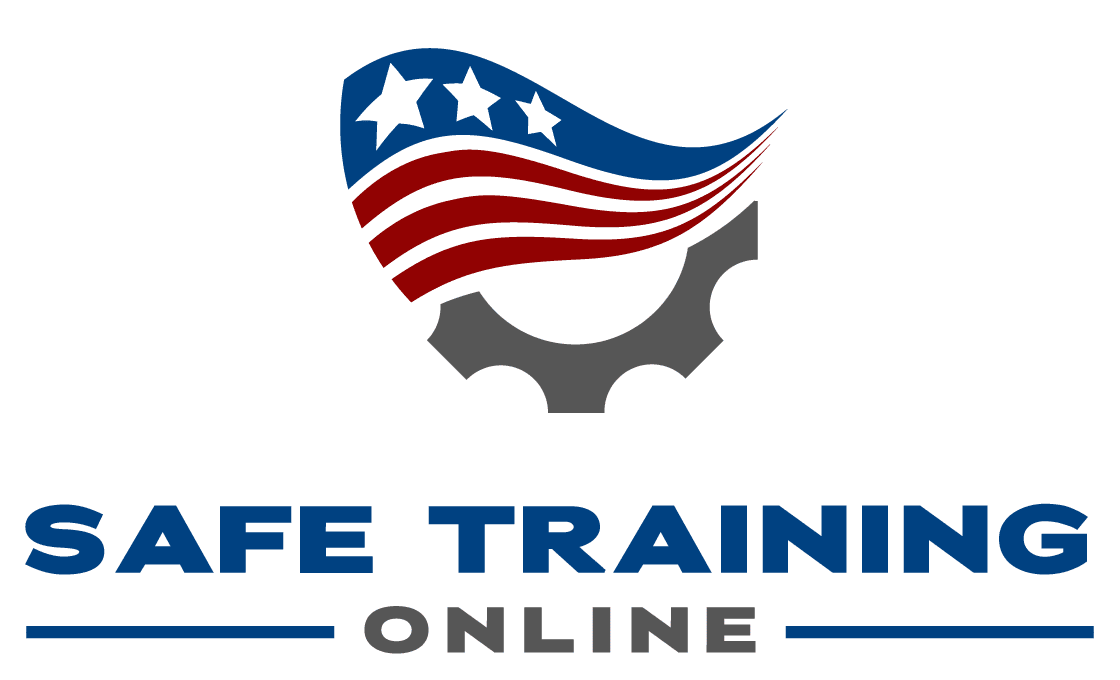Ladder Safety
The Vital Role of Ladder Safety Training in OSHA Compliance
Ladders are commonly used tools in various industries for tasks that require access to elevated work areas. While ladders are ubiquitous in the workplace, they also pose significant risks if not used correctly. Recognizing the importance of ladder safety, the Occupational Safety and Health Administration (OSHA) in the United States has established specific training requirements and guidelines to ensure safe ladder usage. In this article, we will explore the critical importance of ladder safety training for OSHA compliance, emphasizing its benefits, key elements, and how it contributes to workplace safety.
1. OSHA’s Commitment to Safety
OSHA is responsible for safeguarding the health and well-being of workers in the United States. The organization is dedicated to reducing workplace injuries, illnesses, and fatalities through the enforcement of safety standards and regulations. Ladder safety is an essential component of OSHA’s commitment to ensuring safe working conditions for employees.
2. Ladder-Related Accidents and Injuries
Ladder-related accidents are a significant concern in many industries. These accidents can result in injuries ranging from minor cuts and bruises to severe fractures, head injuries, and even fatalities. Common causes of ladder-related accidents include improper ladder selection, incorrect setup, overreaching, and slipping or falling.
3. OSHA’s Ladder Safety Standards
OSHA has established specific ladder safety standards and guidelines under 29 CFR 1926.1053 to address these hazards. These standards cover various aspects of ladder safety, including ladder design, inspection, proper usage, and training requirements. Compliance with these standards is mandatory for employers who use ladders in their operations.
4. Ladder Safety Training Requirements
OSHA mandates specific training requirements for employees who use ladders as part of their job duties. These requirements include:
a. Initial Training:
Employers must provide initial ladder safety training to employees before they use ladders in the workplace. This training should cover the following key areas:
- Proper ladder selection based on the specific task.
- Safe ladder setup and positioning.
- Inspection of ladders for defects or damage.
- Techniques for ascending and descending ladders safely.
- Maintaining three points of contact while on the ladder.
- Identifying and avoiding common ladder hazards.
b. Retraining:
Employers should provide ladder safety training to employees whenever there is a change in workplace conditions that could affect ladder safety, or if they observe employees using ladders unsafely. Periodic retraining is also essential to reinforce safe practices and address any deficiencies.
c. Certification:
Employers should maintain records of ladder safety training, including the names of trained employees, dates of training, and the topics covered. This documentation serves as evidence of compliance with OSHA regulations.
5. Preventing Ladder-Related Accidents
Ladder training is a proactive measure aimed at preventing ladder-related accidents and injuries in the workplace. When employees receive proper training, they are equipped with the knowledge and skills needed to recognize and avoid potential ladder hazards, reducing the likelihood of accidents.
6. Promoting a Culture of Safety
Ladder training contributes to the development of a culture of safety within the workplace. Employees who are educated about ladder safety are more likely to prioritize safe practices and encourage their colleagues to do the same. This collective commitment to safety enhances overall workplace safety.
7. Ensuring Proper Ladder Selection
Ladder training emphasizes the importance of selecting the right type of ladder for the task at hand. Improper ladder selection is a common cause of accidents. Through training, employees learn to choose ladders that are appropriate for their specific job requirements, ensuring a safer work environment.
8. Correct Ladder Setup
Training ensures that employees understand the correct procedures for setting up ladders. Proper ladder setup is essential for stability and safety. Employees are educated on factors such as the angle of the ladder, securing the base, and using ladder stabilizers when necessary.
9. Effective Inspection Practices
Ladder training includes instruction on how to inspect ladders for defects or damage before each use. Employees learn to identify signs of wear, such as bent rungs, loose bolts, or cracked components. Identifying and addressing ladder defects promptly can prevent accidents.
10. Safe Ladder Climbing Techniques
Employees are taught safe ladder climbing techniques during training. These techniques include maintaining three points of contact (two hands and one foot or two feet and one hand) while ascending or descending ladders. This practice minimizes the risk of falling.
11. Hazard Identification and Avoidance
Ladder training educates employees about common ladder hazards and how to identify and avoid them. Hazards may include slippery surfaces, overhead obstructions, electrical wires, or unstable ground conditions. Awareness of these hazards is essential for accident prevention.
12. Emergency Response Preparedness
Training also covers emergency response procedures in case of ladder-related accidents or incidents. Employees learn how to respond promptly and appropriately to provide assistance to injured colleagues and ensure their safety.
13. Compliance with OSHA Standards
Perhaps the most crucial aspect of ladder safety training is ensuring compliance with OSHA standards. Employers who fail to provide ladder safety training risk OSHA violations, fines, and legal consequences. Compliance with OSHA standards is a legal obligation for employers and an essential element of workplace safety.

14. Fostering Employee Confidence
Ladder training not only provides employees with valuable knowledge and skills but also boosts their confidence when working with ladders. Confident employees are more likely to execute tasks with greater precision and reduced anxiety, contributing to overall workplace efficiency.
15. Reducing Liability and Legal Consequences
By investing in ladder training, employers demonstrate their commitment to employee safety. In the event of ladder-related accidents, having a documented training program in place can help reduce liability and mitigate legal consequences.
16. Measurable Outcomes
Ladder safety programs can be designed with specific learning objectives and measurable outcomes. This allows organizations to assess the effectiveness of the training, track improvements in employee performance, and make data-driven decisions to enhance ladder safety efforts.
Conclusion
Ladder safety training is a critical component of OSHA compliance and workplace safety. It empowers employees with the knowledge and skills needed to use ladders safely, prevents accidents, promotes a culture of safety, and ensures compliance with OSHA standards. Employers have a legal and moral obligation to provide ladder safety training to protect their employees from ladder-related hazards and contribute to a safer work environment. Prioritizing ladder safety training is an investment in both employee well-being and the organization’s long term success.
Click here for an online Ladder Safety Training OSHA course.
Click here for OSHA Regulations regarding Ladder Safety.
